How Different Colors Influence Your Mood And Behavior
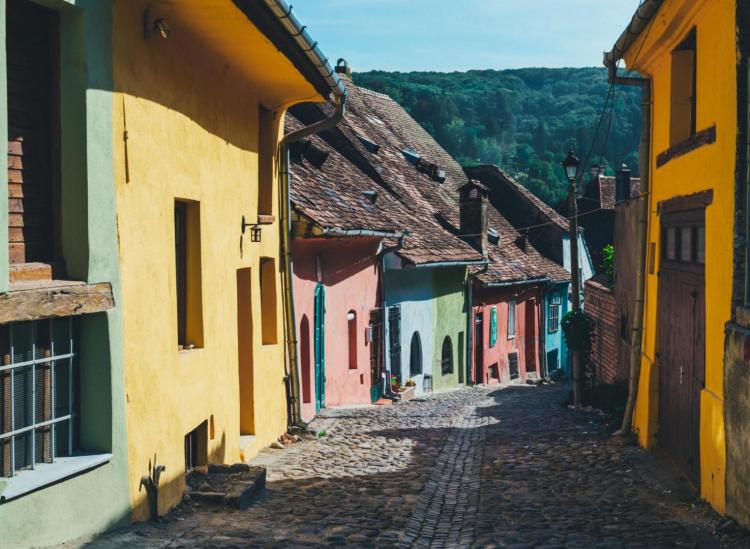
Freestocks
If you feel calm while looking at a clear blue sky, or sleek and powerful while wearing all black, you’ve experienced the effects of color psychology.
Color psychology, or the study of how different colors affect our mood and general well-being, might not sound like the most serious of scientific pursuits, but there’s a lot to know about the relationship between our feelings and the light, dark, warm, cool, vibrant and soft shades that we see every day.
To add some perspective, check out these videos of colorblind people seeing certain colors for the first time in their lives with the help of the vision-correcting Enchroma glasses.
From the paint you choose for your bedroom walls to the shade of your desk at work, here’s how the hundreds of different colors you might see in a day can impact your life.
Green
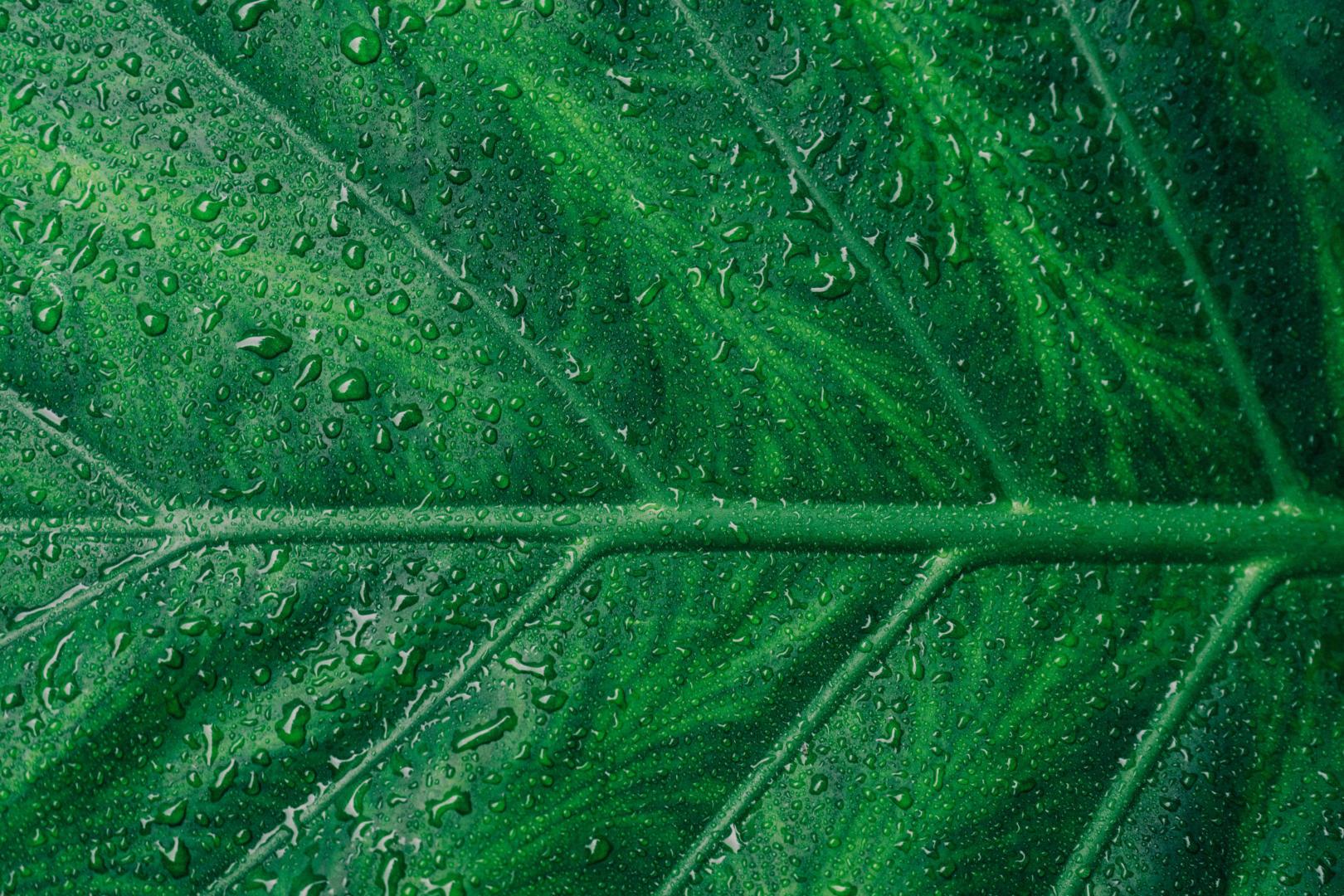
Scott Webb
Not surprisingly, the color green is attributed with having a physically and mentally restorative effect on us, which is why we should all be filling our homes with green plants. In a study conducted at the largest public housing facility in the country, located in Chicago, researchers saw that adding just a few pockets of greenery like patches of grass and a few trees, had a “marked” impact on children in the area, with results like fewer symptoms of ADHD. In another study, patients whose hospital rooms overlooked trees had an easier recovery time than those whose rooms overlooked brick walls.
To utilize the centering effects of green in your own life, consider decorating your home or office interior with some strategically placed patches of green. Better yet, choose a space that offers a view of nature. In 2017, Pantone named “greenery” its color of the year.
Red
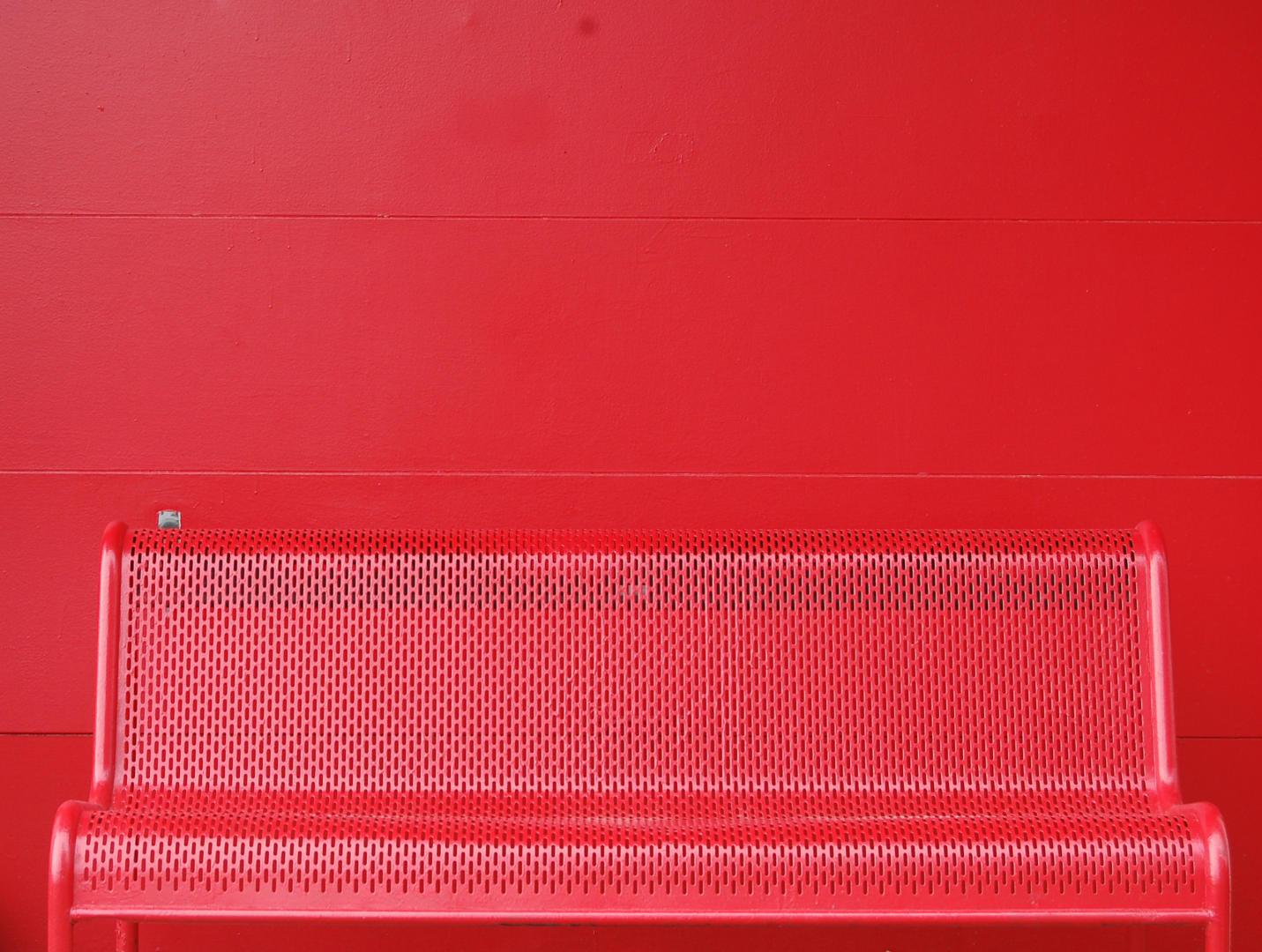
Matese Fields
Romance, sexuality and physical aggression have all been historically tied to the color red, a rich shade that tends to stir our feelings one way or another. Research on the color red has found that women who wear red are perceived as being more attractive and available to men, and that in a physical contest, a person or team who wears red is roughly five percent more likely to win the match, as observed in Olympic matches where boxers in red uniforms typically beat boxers in blue.
Yellow
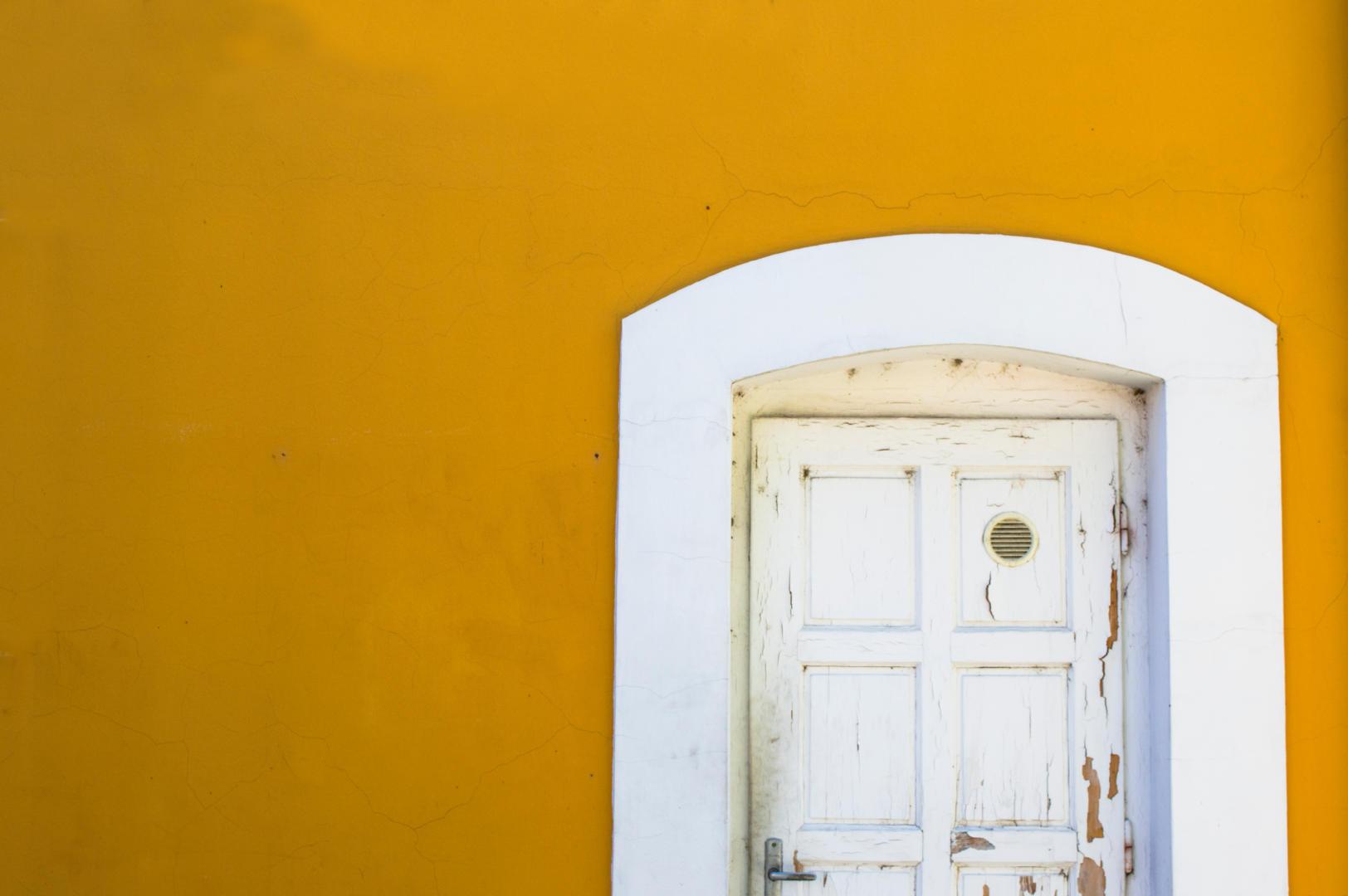
Vilmos Heim
Yellow is a warm, bright color that, when used appropriately, can make a small space feel more energetic. Be careful not to overdo it, however, as too much yellow can be physically tiring to look at, given how much light is reflected in yellow. Imagine, for example, if you used it as the backdrop for your computer. Additionally, yellow has been blamed for people losing their tempers quickly, as well as babies crying.
Pink
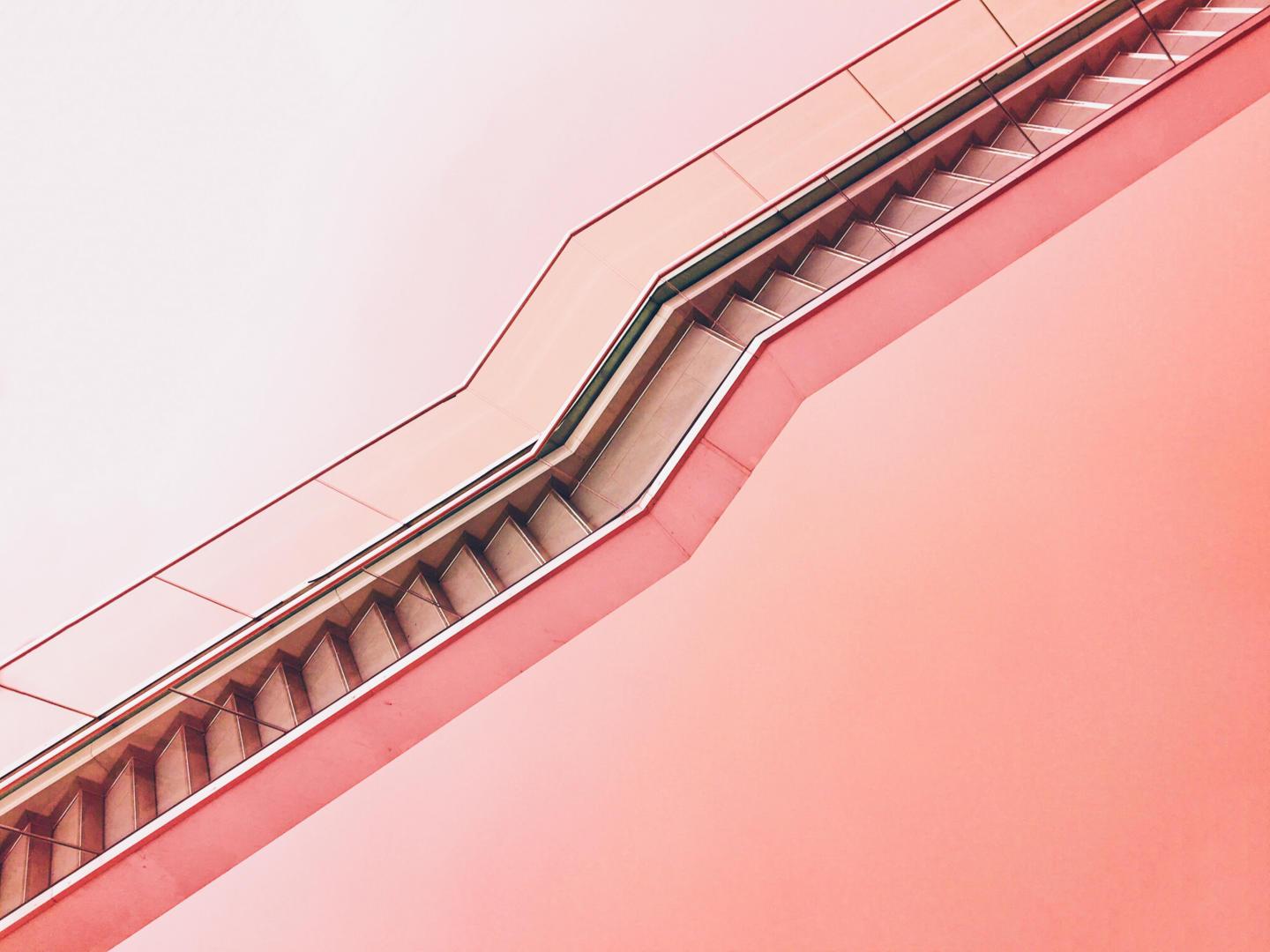
Max Ostrozhinskiy
In the last year, there’s been much written about pink — specifically the pale pink so en vogue with millennials that you can buy rose gold Apple products and furniture in colors like “blush” and “rose quartz.” It’s Pantone’s 2016 color of the year, chosen for its qualities of “reassurance and security.” In our frenetic world, pink has been used as a calming, soothing color that expresses tranquility, so much so that the color is frequently used in prison to great effect. Add a touch of calm to your home with light pink decor, or use a pink-toned white to cover your walls in a color that’s extra welcoming.
Orange
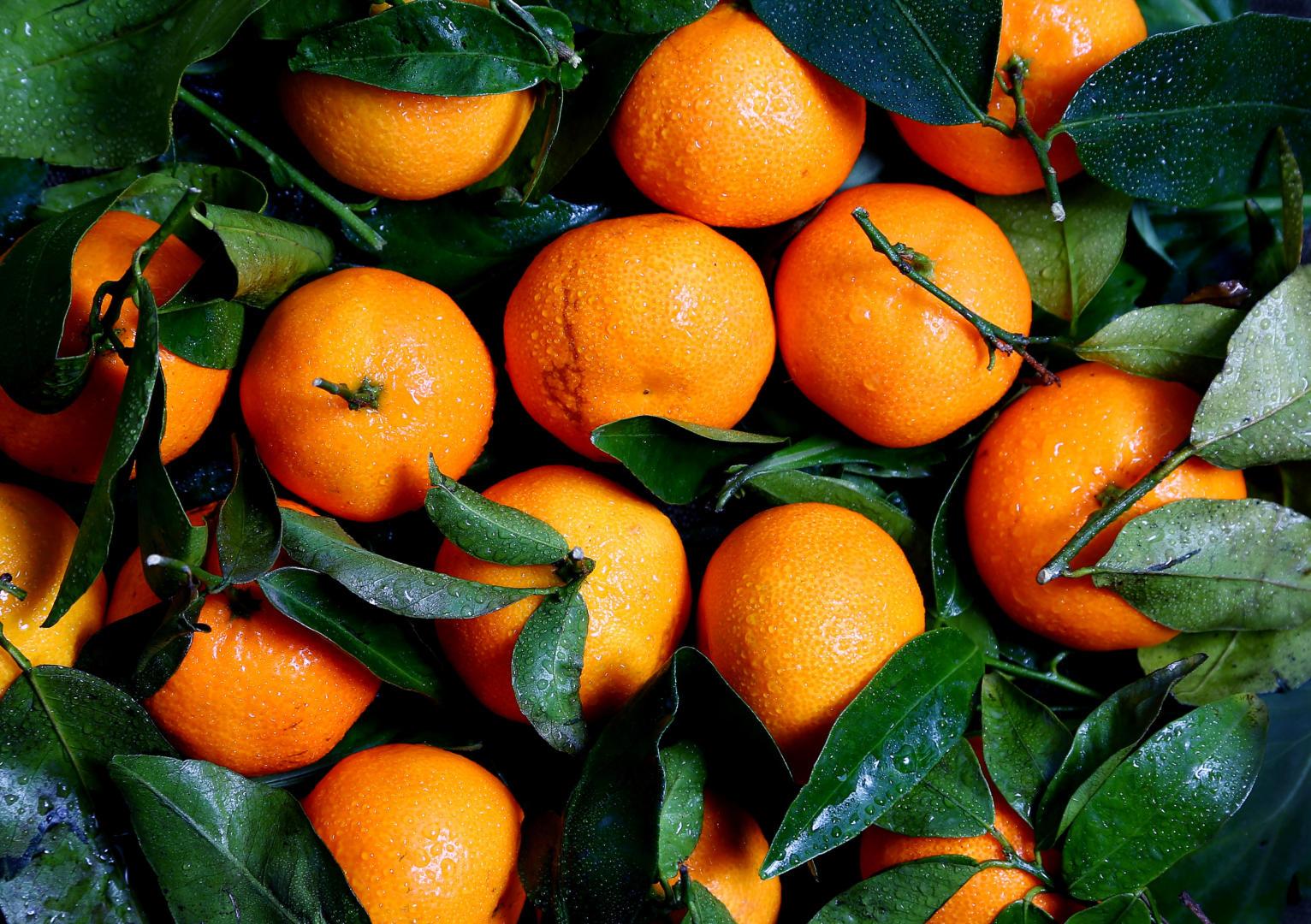
Keilidh Ewan
Orange is the perfect color for your workout room or athletic gear, as this vibrant, stimulating color has a useful energizing effect. Orange has also been used to stimulate people’s appetites, which may be why restaurants utilize so much of it in their design schemes.
Blue

Brady Bellini
Like green, blue is a soothing, stress-reducing color that has been used often for its calming effect on people. Too much blue can come off as cold and distant, but for the most part, blue is seen as the color of trustworthiness, loyalty and stability. Consider the logos for Visa, Twitter, Facebook and GE — all blue. Once, in an attempt to find out which blue had the highest clickthrough rates, Google tested 41 different shades of blue. Interestingly, one study found that the use of blue ambient light incited more impulse buying than the use of white ambient light, and increased the amount of time shoppers spent in a store.
Black
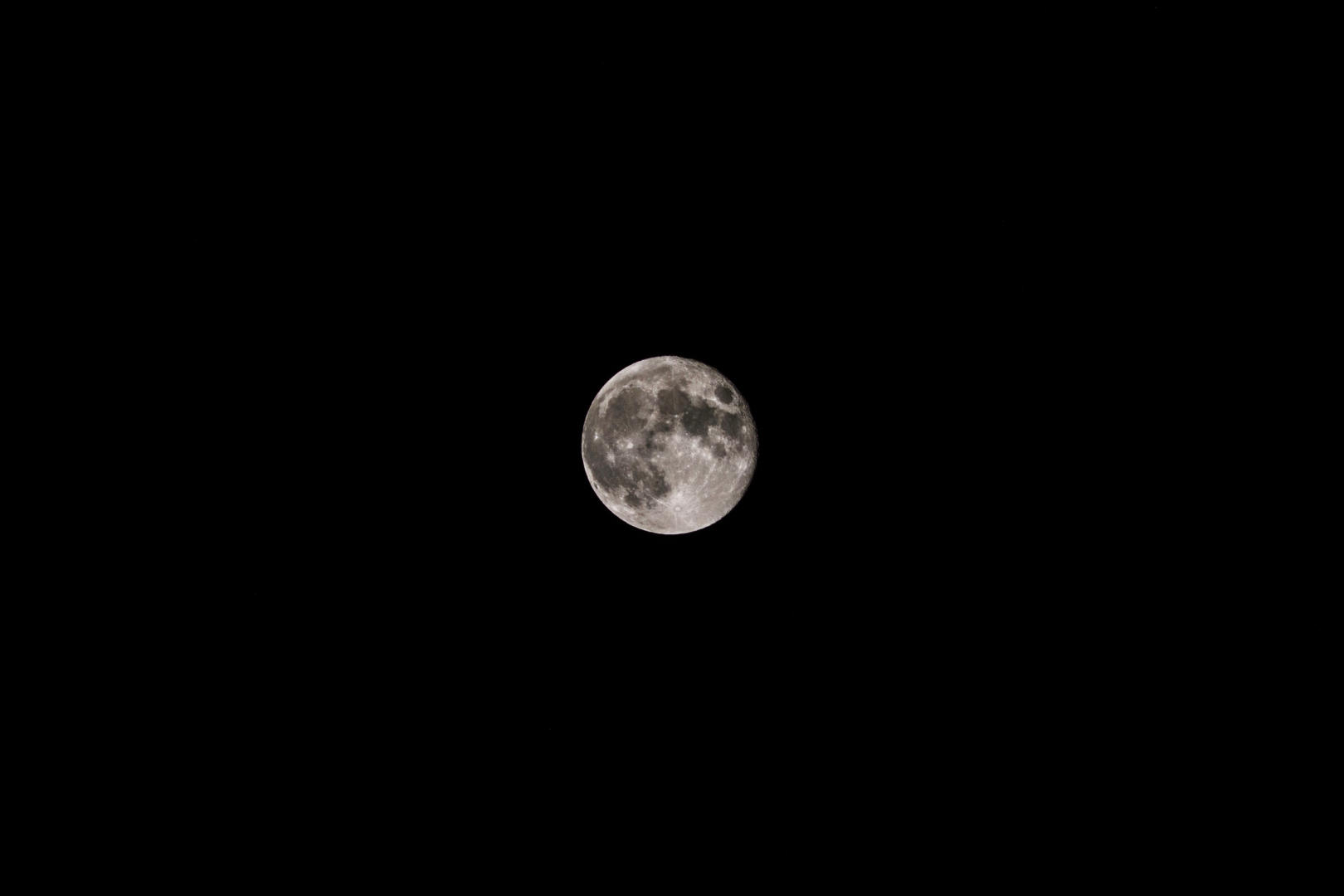
Michal Grosicki
Though it’s associated with many things, perhaps the most persistent trait linked with aggression, as evidenced by an interesting 2011 study which found that, across 52,098 games and 30 teams, hockey players in the NHL were consistently penalized more while wearing their black jerseys during home games than their white jerseys.











